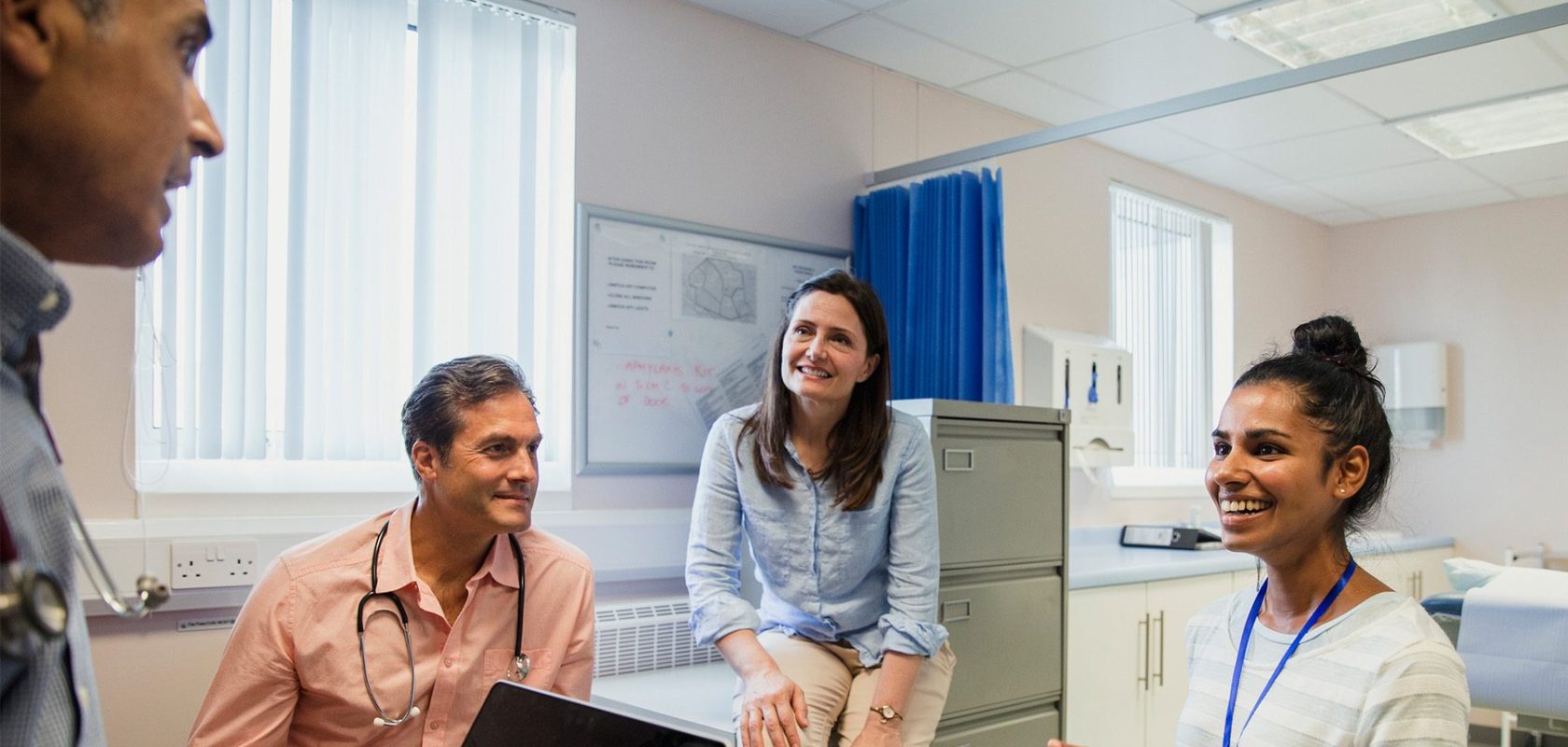The report, called General practice and secondary care: Working better together, collects examples of collaborative working from across England. It aims to offer “practical and workable solutions” to reduce the friction that occurs across the interface analysed in terms of the challenge, solution and outcome and gathered under three broad themes: culture, communication and clinical processes.
Whilst the Academy counsels caution on taking a wholesale ‘lift and shift’ approach, it does list administrative changes that it believes are less dependent on local context and are relatively simple to implement and could result in near term benefit:
- Provide easy access to the GP team for secondary care clinicians via non-public phone numbers and shared email mailboxes.
- Provide easy access to individual hospital departments via non-public phone numbers/shared mailboxes to help in the resolution of administrative queries (ideally any correspondence should link directly with the electronic health record).
- GPs giving trainee doctors regular ‘show and tell’ sessions on how to fill out discharge summaries in the most informative and accessible way.
- Establish outpatient helplines where administrative queries about hospital appointments can be directed.
- Make ‘fit note’ more accessible on inpatient wards and in outpatient clinics and produce guidance for secondary care clinicians on their use.
- Consider establishing regular ‘interface groups’ which include balanced representation from general practice and secondary care. The precise specifications should be locally determined Provide clinicians with read-only access to health record systems across the interface.
- Employ a Primary Care Liaison Officer to help in the resolution of queries between secondary care and general practice.
- Provide patients with a written update on where they are on the waiting list, asking if they still require or want treatment.
- Standardise outpatient clinical letters where possible (placing particular emphasis on concise GP recommendations).
The full document includes the case studies on which these recommendations are based.
Note that ICBs are required to establish local mechanisms for GPs and consultants to raise local issues and to jointly prioritise working with LMCs to tackle the issues identified in the AoRMC report. Additionally, they must address onward referral, fit notes and discharge letters, call and recall, and clear points to contact. Much of this is a repeat of the NHS Standard Contract which has been seen previously, but that was overtaken by the creation of ICBs.

